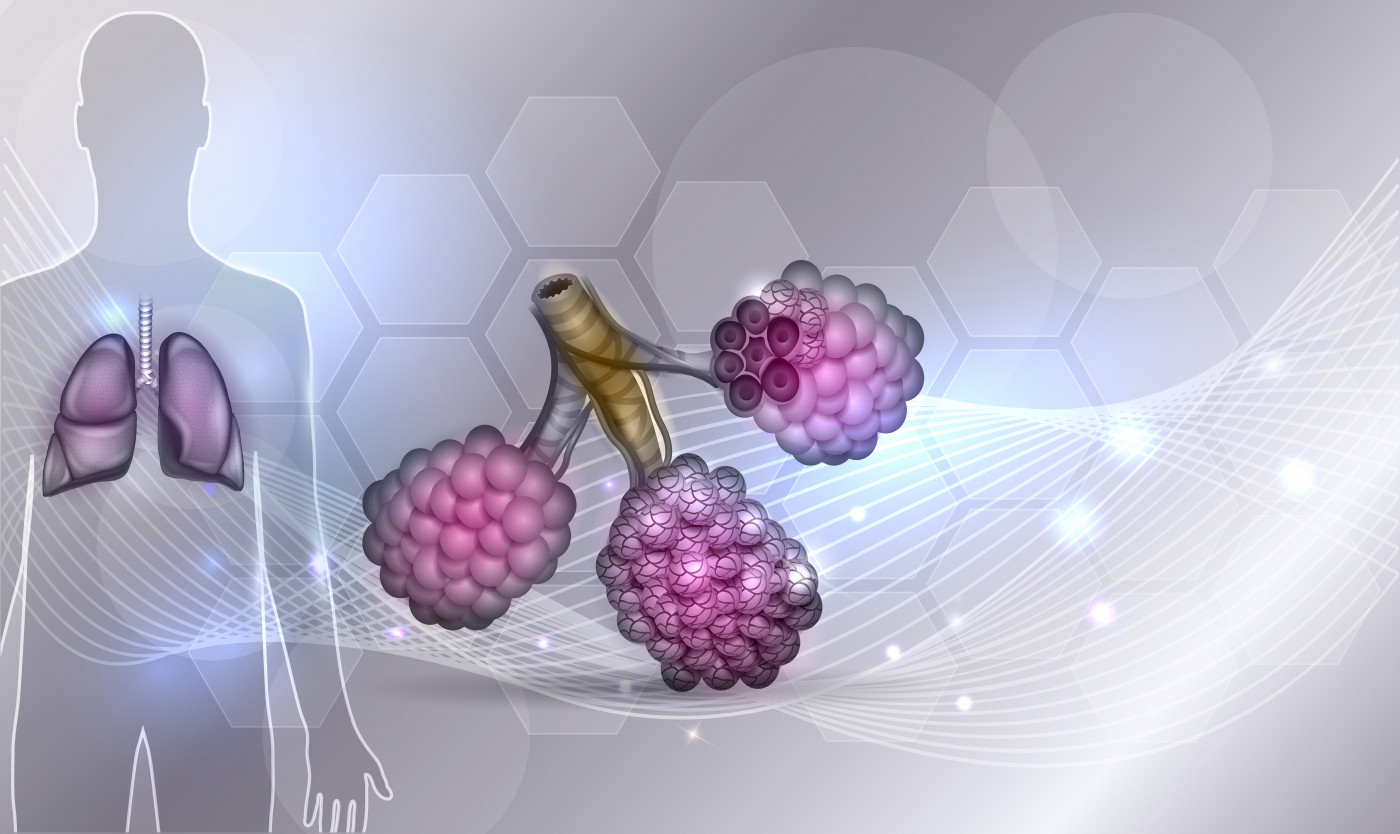Researchers Explore New Therapeutic Strategy for CF by Increasing Expression of Other Chloride Channels

The benefits of current therapies to treat cystic fibrosis (CF) are limited, so scientists are exploring new strategies based on increasing the expression and activity of alternative chloride channels, such as the ANO1 channel. In a new study, researchers have advanced a potential therapeutic strategy to restore cells’ normal functioning and prevent mucus buildup.
The study, “MicroRNA-9 downregulates the ANO1 chloride channel and contributes to cystic fibrosis lung pathology,” was published in the journal Nature Communications.
CF is caused by mutations in the CF transmembrane conductance regulator (CFTR) gene, leading to defective CFTR protein. This protein controls the transport of ions, namely chloride and sodium, across the membrane of cells, such as those located in the lungs. As a result of the CFTR mutations, the transport of these ions is impaired, which causes thick mucus to build up.
“To compensate for the CFTR deficiency, alternative strategies have been suggested, such as the stimulation of calcium-activated chloride channels (CaCCs); however, the identity of these chloride channels has remained elusive for over 20 years,” researchers wrote.
Previous work by three research teams led to the independent identification of one such channel, the anoctamin 1 (ANO1) or transmembrane protein 16a (TMEM16A), which researchers proposed as a potential CF therapeutic target.
Similar to the CFTR channel, researchers found that ANO1 expression and activity was also decreased in CF patients. In the latest research, scientists investigated the potential mechanisms involved in the decreased ANO1 expression, focusing particularly on the potential role of small RNA molecules called microRNAs (miRNAs). These classes of RNAs are known for their regulatory activity of gene expression.
“We investigated the role of miRNAs, especially, miR-9, on ANO1 expression in bronchial epithelial cell lines and primary highly differentiated cells cultured in an air–liquid interface,” the team wrote.
Researchers found that the expression of miR-9 is increased (overexpressed) in CF bronchial epithelial cells, underlying the decrease in expression and activity of ANO1.
Researchers then developed an inhibitor to block the binding of miR-9 to a specific region of ANO1, and tested its efficacy in vitro with cells, as well as in a mouse model for CF.
The results showed that inhibiting miR-9’s specific interaction with ANO1 led to an increase of ANO1 expression and chloride activity in vitro and in vivo, to levels similar to those observed in non-CF models.
Overall, “the current study is the first to propose a realistic alternative therapy for CF that allows to precisely correct an alternative chloride channel, and the first to report a restoration of the chloride efflux, mucus clearance, and cell migration in a CF context,” the researchers concluded.







